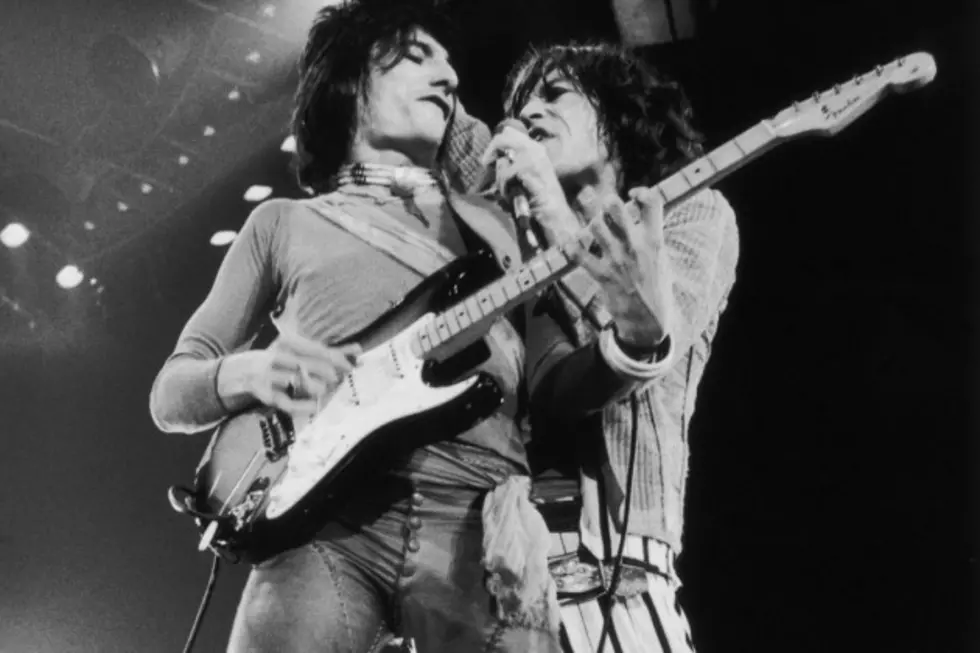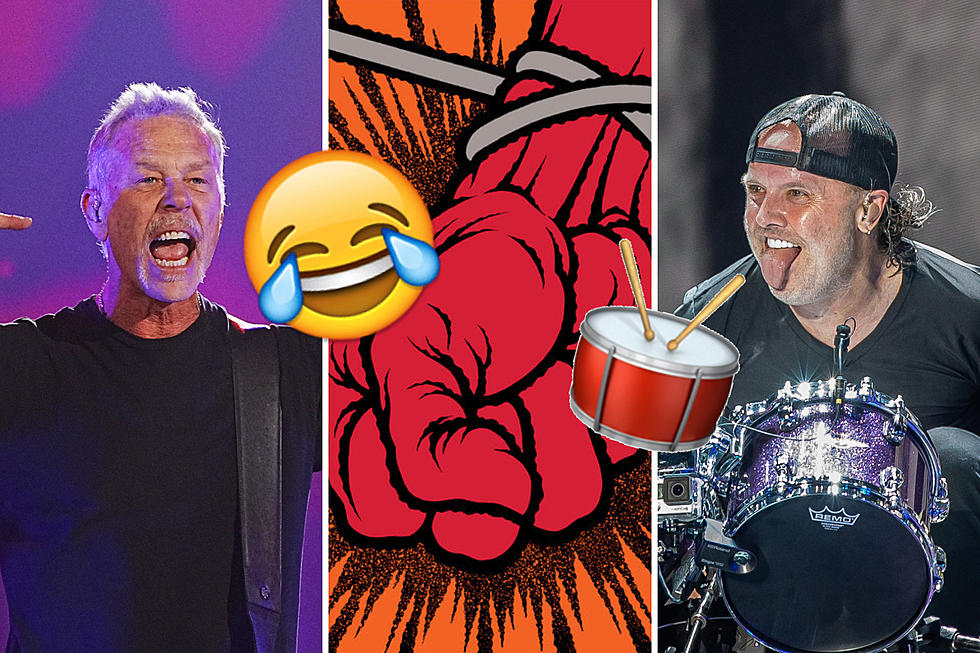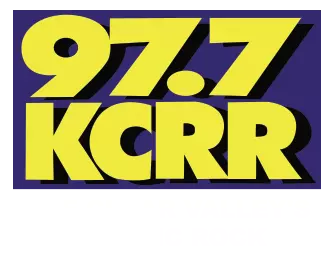
40 Years Ago: The Rolling Stones Kick Off First Tour With Ronnie Wood
In 1975, as the Rolling Stones were heading into their 13th year together as a band, they found themselves at a familiar crossroads. Mick Taylor, who had taken over on guitar from Brian Jones in 1969 was out, and they were once again left without a lead player and foil for Keith Richards. After trying out a few other famous guitar players, they gave Ronnie Wood the nod, and kicked off their first tour with the former Faces member on June 1, 1975.
On Dec. 12 of the previous year, Taylor officially quit the band after logging five years and contributing to four of their most celebrated records, including Let It Bleed, Sticky Fingers and Exile on Main St. "I was a bit peeved about not getting credit for a couple of songs, but that wasn’t the whole reason [I left the band],” Taylor later recalled. “I guess I just felt like I had enough. I decided to leave and start a group with Jack Bruce. I never really felt, and I don’t know why, but I never felt I was gonna stay with the Stones forever, even right from the beginning.”
Four months after his departure, the Stones issued a press release announcing the addition of Wood into the group following an extensive search that allegedly included some of the biggest names in the British rock scene, like Jeff Beck, Steve Marriott and Peter Frampton. The timing for Wood couldn’t have been any better, with the Faces calling it a day at the nearly the same time that Taylor decided he’d had enough of the Stones. To Wood, who’d long been a friend of Mick Jagger and Keith Richards, it all just made sense. “I was always confident I would end up in this band,” he said. “And a few years later I did.”
Wood didn’t have a lot of time to find his bearings in his new group and learn all of its songs before he was forced to hit the road. The Stones had a new record, It’s Only Rock 'N Roll lingering on the shelves and had to get out to promote it. So, on May 1, 1975, they announced a gigantic new tour of North and South America by performing “Brown Sugar” on the back of a moving flatbed truck on 5th Avenue in New York City.
The tour kicked off with two warm-up shows at the LSU Assembly Center in Baton Rouge, La., on June 1, before getting its “official” start two nights later in San Antonio. Along with a new guitar player, the band also decided to step things up a notch with its stage presentation and debuted a number of new props, including the now-infamous giant inflatable penis that many took to calling the “tired grandfather."
For all the careful planning that went into it, the road trip was nearly derailed before it really got underway when Richards and Wood were arrested in Fordyce, Ark., for suspicion of carrying narcotics. They were eventually released when the authorities failed to produce any of the drugs in question or show probable cause for pulling them over in the first place. They were let out after paying a small fine for misdemeanor reckless driving charges. Richards later relived the entire episode in the extended opening of his autobiography Life.
For the next two months the Stones wound their way across the U.S. and into Canada, anchoring the tour with dual five night residencies at Madison Square Garden in New York City in June and at the Forum in Los Angeles in July. Plans to take the show down south to Mexico, Brazil and Venezuela were eventually scrapped due to an amalgamation of security concerns and unstable currency exchanges. In the end, after 46 shows, the final curtain fell at Rich Stadium in Buffalo on Aug. 8.
As far as an initiation for Wood, it couldn’t have been more of a success. The band played well throughout, and a number of recordings were pulled from the tour, including the Rolling Stones' 1977 concert document Love You Live and a July 13 in Los Angeles, which was later released as part of the ongoing Rolling Stones Archive project.
Rolling Stones Albums Ranked
You Think You Know the Rolling Stones?
More From 97.7 KCRR










